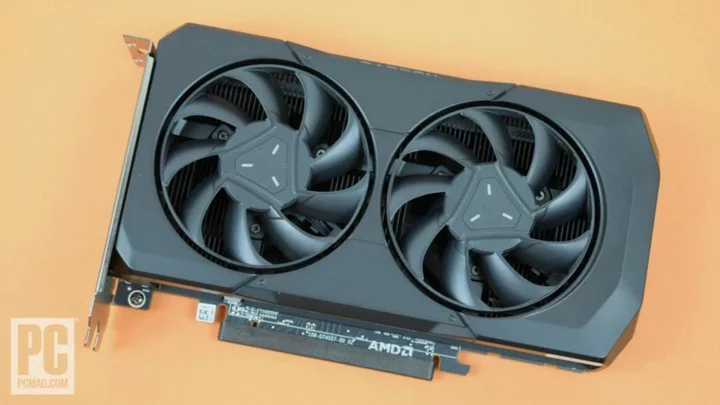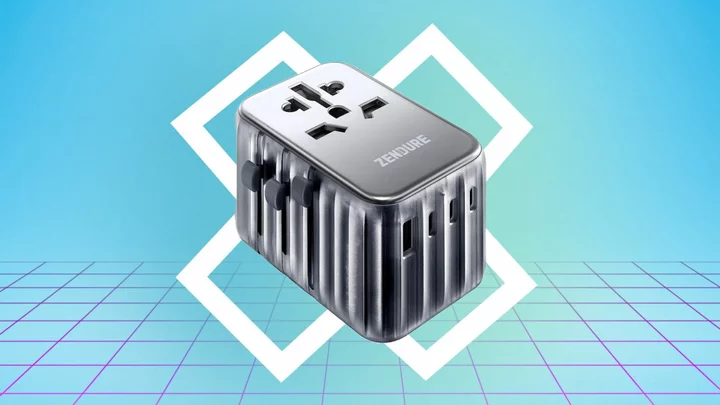While the spanking-new AMD Radeon RX 7600 graphics card may not be the fastest new GPU we've seen this year, it has a balanced price-performance ratio that makes it a highly attractive one. This is especially true if you play games at 1080p resolution, where the RX 7600 is able to run most titles fluidly with maxed-out image quality settings.
We reviewed AMD's reference design for the Radeon RX 7600, and you can now buy cards from AMD's board partners, each of which has put its own spin on the GPU. Determining which of these new cards is best for you can be challenging, as the selection includes many factory-overclocked models and cards with dual-fan and triple-fan thermal solutions. To help you figure out which card is your best match, let's survey all of the products currently available. But first, a quick rundown for anyone unfamiliar with AMD's latest mainstream GPU.
The Radeon RX 7600 Explained
While our review of the card (linked above) offers a more in-depth look if you're interested, we'll summarize the basics here. The Radeon RX 7600 is based on AMD's new RDNA 3 architecture with with 2,048 streaming processors, 128 texture mapping units, 64 raster operation processors, and 32 ray-tracing cores. The GPU has a base clock of 2,250MHz with a standard boost clock of 2,625MHz, though many manufacturers push this higher.
The card also has 8GB of GDDR6 18Gbps memory that connects to the GPU over a 128-bit memory interface. This provides 288GB/sec of bandwidth between the GPU core and the RAM. This is a significant amount, but still limited enough to notably hold the card back when gaming at 4K resolution. None of the cards available today escape this aspect of the design, as they all share identical bandwidth.
Unless otherwise noted, all Radeon RX 7600 cards also feature three DisplayPort connections and a single HDMI jack on the rear I/O panel. This has become a near-universal standard in the graphics card market that is rarely deviated from nowadays. Similarly, unless otherwise specified all of the cards rely on an 8-pin PCIe power connector.
That's what AMD's reference design calls for, as the GPU's standard board power is set at 165 watts (W). An 8-pin PCIe connector can provide at least 150W of power to the card, with the PCIe x16 slot on the motherboard supplying an additional 75W, giving the card access to up to 225W of power, even though it only needs 165W. Some vendors' cards do pull a bit more power to make overclocking easier and support higher clocks out of the box, but not many opted to change the power connector, as the reference design already provided plenty of extra power.
AMD set an MSRP of $269 for the Radeon RX 7600 reference design; some OEMs stick to that figure, but you'll find a few cards that are pricier. For a limited time, AMD is also handing out copies of The Last of Us Part 1 with Radeon RX 7600 cards purchased from select retailers such as Newegg.









